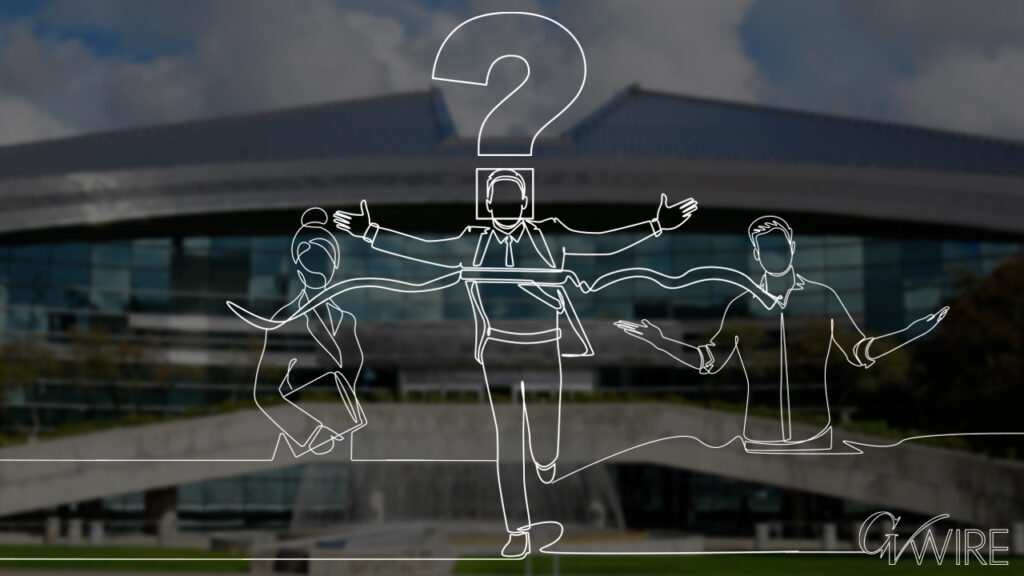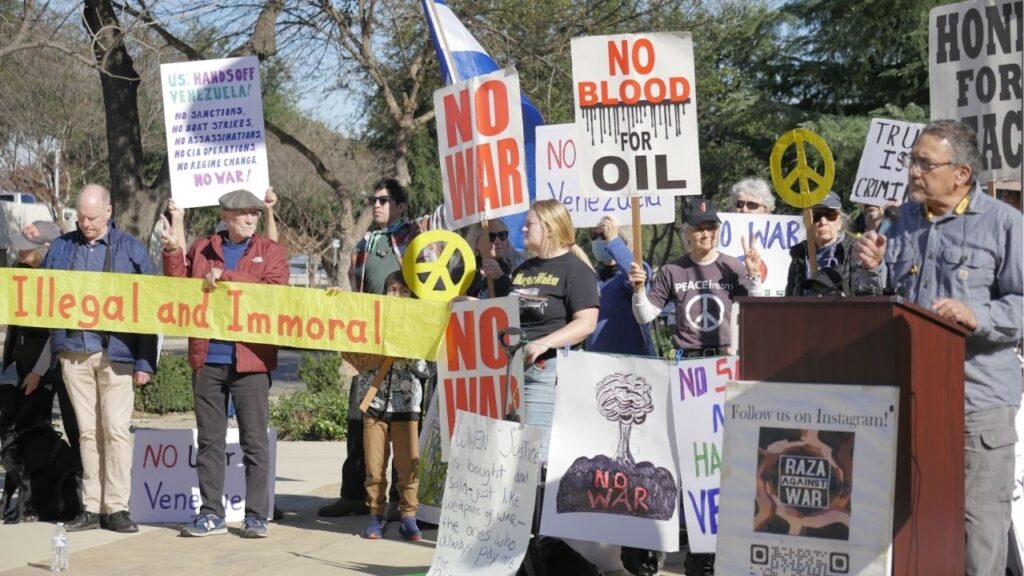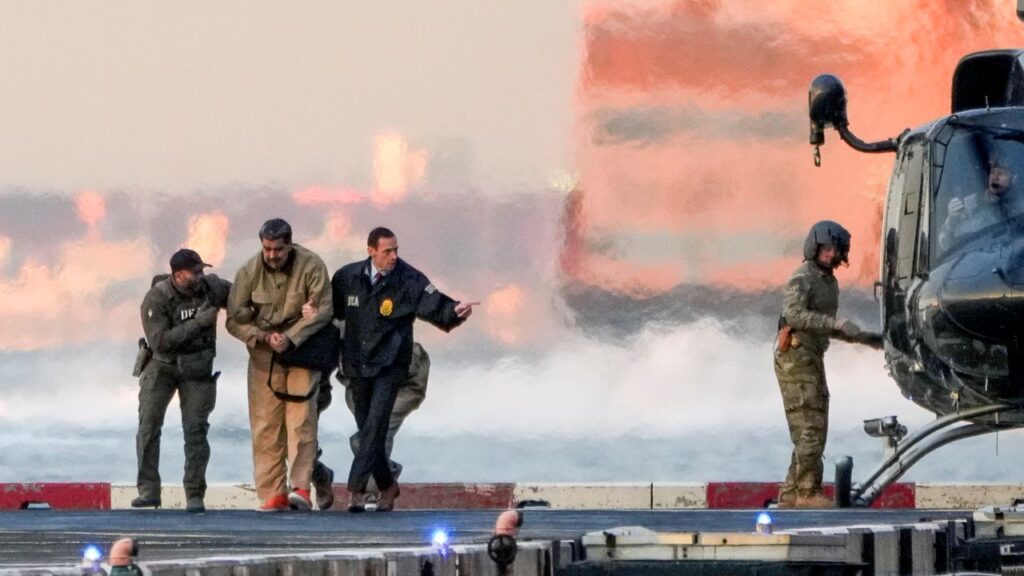Share
California is again pushing back the deadline and raising the cost for its high-speed rail project, this time asking the Biden administration for a one-year extension on completing a section of track in the Central Valley.
Brian Kelly, the project’s chief executive officer, detailed changes to the project in a letter released Friday ahead of Tuesday’s 10 a.m. High-Speed Rail Authority Board of Directors meeting.

“I don’t think it surprises anybody on the planet that there’s another cost increase.”–Fresno County Supervisor Steve Brandau
The state now expects to complete construction on a 119-mile segment of track from Bakersfield to Madera in the Central Valley by 2023, Kelly wrote. Some of the money is tied to meeting a federal 2022 deadline, prompting the request for an extension. The budget for that segment of track is expected to jump from $12.4 billion to $13.8 billion, Kelly wrote.
“We will need more time to complete all the work for each of the three construction packages in the Central Valley,” Kelly wrote.
Construction costs for the Central Valley segment will jump $330 million and officials are budgeting an extra $1 billion in contingency money, bringing the total cost to $13.8 billion.
“I don’t think it surprises anybody on the planet that there’s another cost increase,” Fresno County Supervisor Steve Brandau told GV Wire℠. “I think that the Biden administration will probably help bail out the high-speed rail project from some of its financial woes.”
The state’s relationship with the federal government is likely to improve under the Biden administration, and new Transportation Secretary Pete Buttigieg recently said he wants to make high-speed rail a priority in the United States.
“The big thing tomorrow is we’re going to be asking for the additional Proposition 1A bond dollars to continue moving the project forward to essentially 190 miles,” said California High-Speed Rail Authority board member Henry Perea, a former Fresno County Supervisor.
Proposition 1A authorized the issuance of $9.95 billion in general obligation bonds, including $9 billion for the planning and construction of an 800-mile high-speed rail system connecting San Francisco to Los Angeles. California voters approved it on Nov. 4, 2008.

“We will need more time to complete all the work for each of the three construction packages in the Central Valley.” — Brian Kelly, High-Speed Rail CEO
CEO Kelly’s Letter
Kelly states in his letter that COVID-19 has directly impacted construction progress over the past year.
“We have quarantined nearly 250 workers, adversely affecting our construction progress,” wrote Kelly. “Many California courts either closed or severely reduced their hours, which delayed filings and court dates, slowing our right-of way acquisition schedule as a result.”
Despite the issues from the pandemic, Kelly does point to areas where he believes progress was made. Among those:
- In November 2020, an all-time high of 1,208 workers were dispatched daily to 35 open job sites in the Central Valley, almost doubling the number of workers dispatched at the start of the pandemic.
- The authority environmentally cleared two segments in the Central Valley (Merced to Bakersfield) and issued environmental draft reports for construction on four more segments in the Bay Area and Southern California, covering more than 420 miles of the San Francisco to Los Angeles/Anaheim system.
Restoring Federal Investment in the System

“The bipartisan infrastructure package is one of President Biden’s highest priorities.” — Rep. Jim Costa, D-Fresno
In 2019, the Trump administration stripped $1 billion from the high-speed rail project. President Donald Trump made the rail line an issue when he seized on Gov. Gavin Newsom’s remarks in February 2019 when Newsom said the project as planned would cost too much and take too long.
Kelly said the authority has begun talks with the Biden administration and added, “We believe we can work with our federal partner on our revised schedule and restore federal investment in this program.”
Rep. Jim Costa, D-Fresno, told GV Wire℠ via Zoom on Monday that the bipartisan infrastructure package “is one of President Biden’s highest priorities. I think California will stand to benefit as a result of that.”
Costa pointed to other large infrastructure projects built with a federal government partnership, such as the transcontinental railroad, the interstate highway system, ports and harbors, and even the Panama Canal.
“It’s foolish to think that somehow you can implement a High-Speed Rail system in America without the involvement and the significant support of the federal government,” he said.
Fresno’s Specific Benefits
Perea said Fresno has been chosen to be the temporary home of a heavy maintenance facility for at least six or seven years. He said somewhere along the line a permanent location for this facility will be determined, and he has a pretty good idea of where that will be.
“Fresno is going to be the headquarters for the ‘maintenance-of-way station,’ ” he said. “(Fresno is) also going to have the operation and control center. And the training facility.”
“So the long and short of it is pretty much all the facilities are going to be in Fresno,” Perea said.
[activecampaign form=25](The Associated Press contributed to this story.)



















